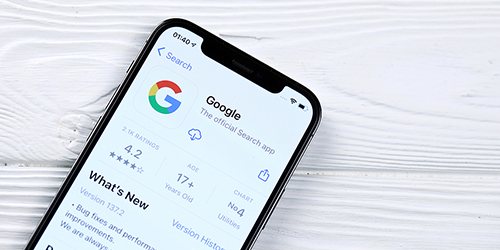
In a world where digital security is more critical than ever, Google has taken a significant step towards a future without passwords. The tech giant recently announced that it will be rolling out its innovative password-killing technology across all Google accounts, making authentication simpler and more secure for users worldwide. This move represents a significant shift away from traditional password-based security methods and towards a new era of seamless and reliable authentication systems.
The Password Dilemma
Passwords have long been the standard for securing online accounts, but they come with a host of issues. Users often reuse passwords across multiple platforms, making it easier for hackers to gain unauthorized access to their accounts. Furthermore, data breaches and phishing scams have resulted in countless stolen passwords, adding to the global problem of compromised online security. These vulnerabilities have highlighted the need for a more robust and reliable authentication solution.
Enter Google’s Password-Killing Technology
Google has developed an advanced authentication system designed to eliminate the need for passwords altogether. The tech giant’s solution leverages a combination of biometrics, cryptographic keys, and device-based authentication to create a unique and secure authentication experience for users. This multi-faceted approach ensures that even if one authentication method is compromised, the other layers provide additional security.
Here are the core components of Google’s password-killing technology:
- Biometric Authentication: Google’s system utilizes biometric data, such as fingerprint or facial recognition, as a primary method of authenticating users. This approach is both convenient and secure, as biometric data is unique to each individual and cannot be easily replicated or stolen.
- Cryptographic Keys: Google’s technology also relies on cryptographic keys, which are securely stored on users’ devices. These keys are used to generate unique codes that must be presented during the authentication process. Since the keys are stored locally, they are not susceptible to large-scale data breaches.
- Device-Based Authentication: Google’s system recognizes and authenticates users based on their devices. This means that even if a malicious actor gains access to a user’s biometric data or cryptographic key, they will still be unable to access the account without the authorized device.
The Benefits of Google’s Password-Killing Tech
By rolling out its password-killing technology to all accounts, Google aims to provide users with the following benefits:
- Enhanced Security: The multi-layered approach to authentication significantly reduces the risk of unauthorized access to accounts. This is especially important in a world where data breaches and cyberattacks are becoming increasingly common.
- Improved Convenience: By eliminating the need for passwords, Google’s technology streamlines the authentication process. Users no longer need to remember complex passwords or deal with the hassle of resetting them.
- Increased Privacy: Google’s password-killing tech ensures that users’ authentication data remains securely stored on their devices, minimizing the potential for large-scale data breaches.
The Future of Authentication
Google’s move towards password-killing technology is a bold step forward in the quest for a more secure digital landscape. As this new authentication system gains widespread adoption, other tech companies are likely to follow suit, leading to a world where passwords are a thing of the past. The shift towards biometrics, cryptographic keys, and device-based authentication will continue to gain momentum as both users and businesses seek to protect their sensitive data in an increasingly connected world.
In conclusion, Google’s rollout of its password-killing technology to all accounts is a significant milestone in the ongoing battle against cyber threats. By embracing this innovative approach, Google is not only enhancing the security of its users’ accounts but also leading the charge towards a future where authentication is seamless, convenient, and reliable.



